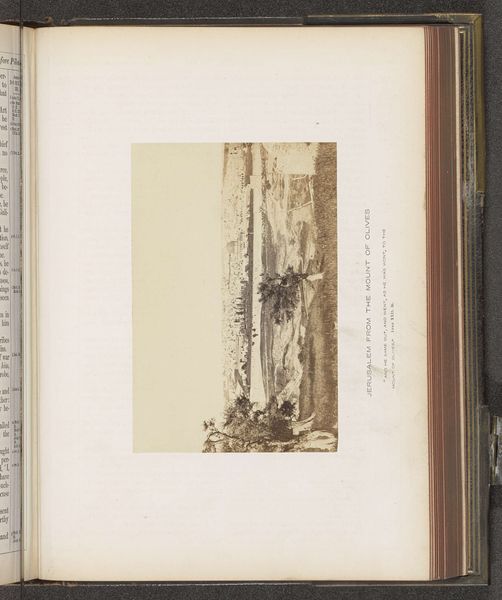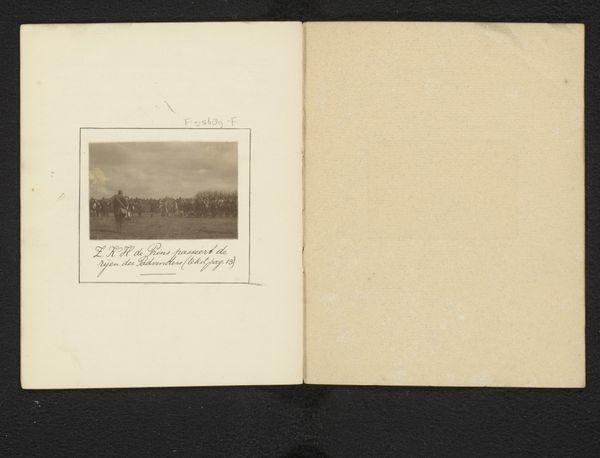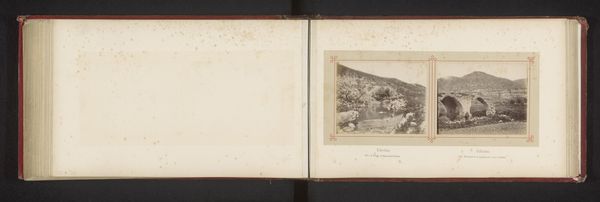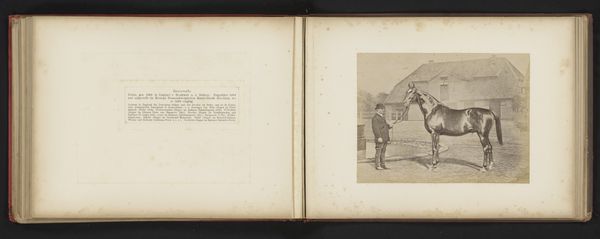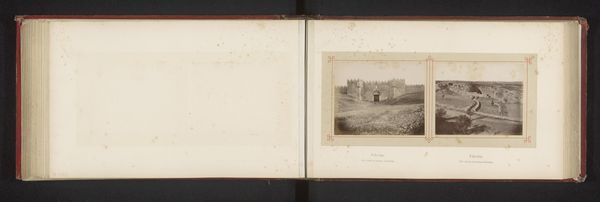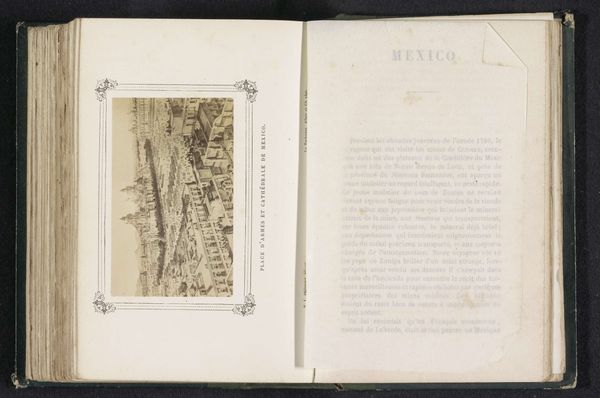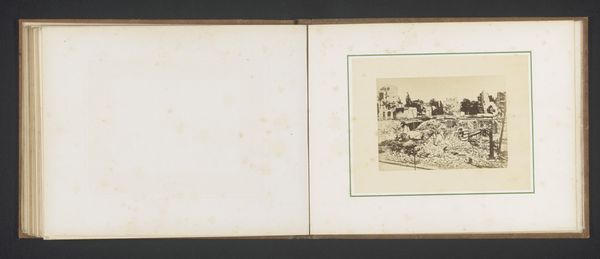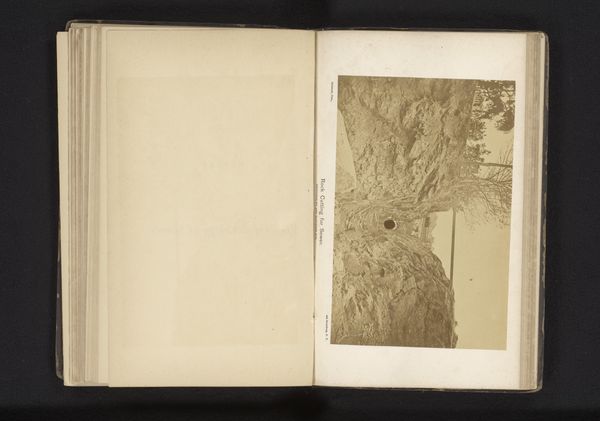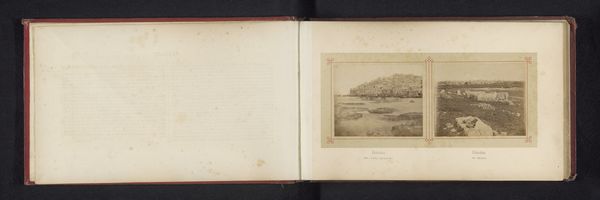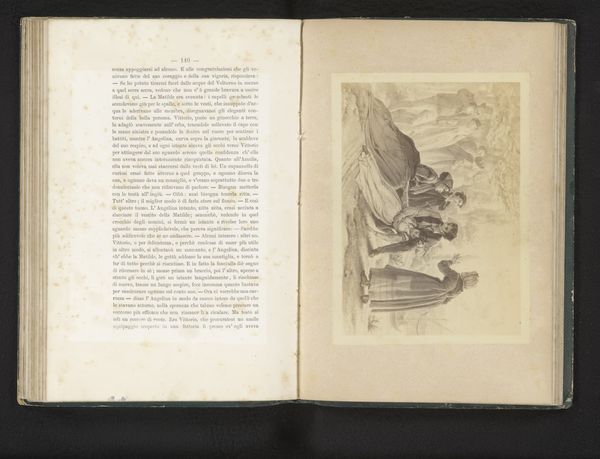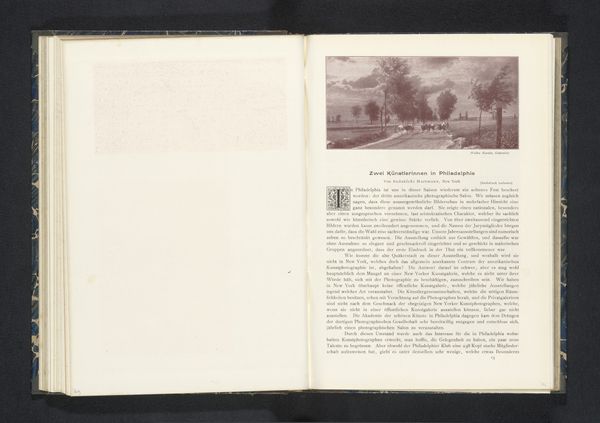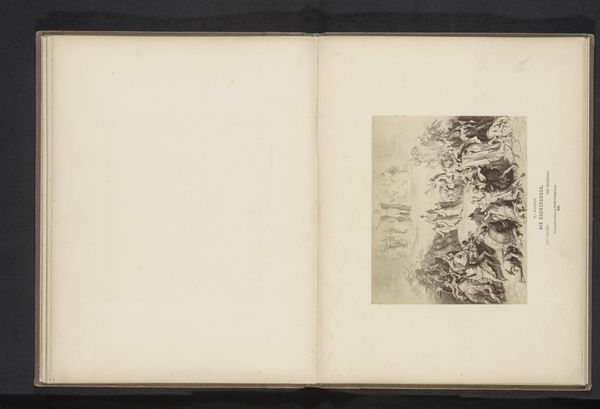
drawing, print, etching
#
drawing
# print
#
etching
#
landscape
#
history-painting
Dimensions: 104 mm (height) x 105 mm (width) (plademaal)
Curator: Right, let's dive into this fascinating print titled "Faarepest," dating back to 1772. The artist is anonymous, and it is an etching combining landscape and history painting themes. It currently resides here at the SMK. Editor: Whoa. Grim doesn't even begin to cover it. It’s like a tiny nightmare meticulously etched into paper. All that monochromatic, almost clinical detail really heightens the sense of unease. I see a stark landscape in the background but also, in the foreground, heaps of dead, suffering figures. It sends shivers down my spine. Curator: Your visceral reaction is understandable, given the artwork’s historical context. "Faarepest," translates to "Sheep Plague," referencing devastating outbreaks of animal disease, specifically rinderpest, that had serious socioeconomic consequences. Editor: Makes sense, but why represent it this way? Why the sort of... exchange in the middle? It feels almost allegorical, or even worse, transactional. Like lives being weighed and measured. Curator: That exchange is central. What we’re witnessing reflects colonial interactions. An official offering something to a member of an indigenous community. The dying bodies emphasize how colonization contributed to outbreaks that were catastrophic. This history becomes intertwined with disease and its role as an instrument of power. Editor: I find that devastating because at first, I almost felt distanced from the small scale, but now it becomes all the more insidious because of it! It is so small that the devastation becomes manageable; the ethics are no longer in view. How easily those ethical quandaries slide off your view. It’s powerful commentary for something so, literally, minute. Curator: Precisely. And how disease exacerbated existing power dynamics within colonial structures; it highlights how colonialism facilitated the spread of disease and the exploitation of vulnerable populations. Editor: A heavy piece, certainly, but powerful, really making you think. The way art captures these ugly truths... always impactful. Curator: I agree. Reflecting on "Faarepest," it's imperative we approach history through an intersectional lens and consider who bears the brunt of catastrophe.
Comments
No comments
Be the first to comment and join the conversation on the ultimate creative platform.

